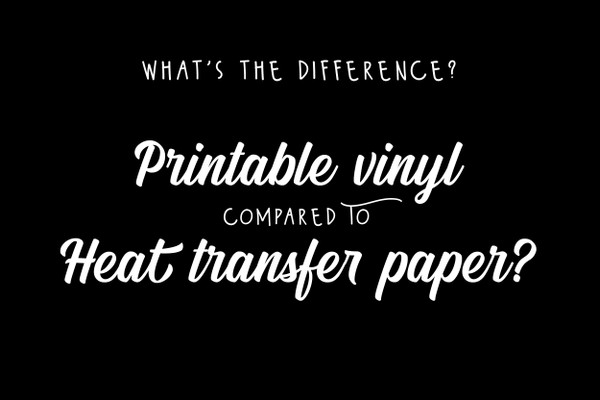Last Updated: 1/27/21
Here at Heat Transfer Warehouse, we take great pride in providing our customers with expert knowledge and support of our heat transfer products. One of the biggest misconceptions that we see in the garment decoration industry is the use of the term Printable Heat Transfer Vinyl (HTV). What many people refer to as Printable HTV, is actually Heat Transfer Paper. So, what’s the difference?
Printable HTV will not work in the normal desktop printer that you likely have at home, such as an inkjet or laser printer. To effectively print on Printable HTV, it will require a printer that uses either Solvent, Eco-Solvent or Latex inks. Such printers are normally referred to as "wide-format" printers since they significantly exceed the size (and price) of any desktop inkjet or laser printer. This is why Printable HTV comes in rolls of vinyl varying between 15 inches and 60 inches in width because it’s designed to fit in larger printers.
On the other hand, Heat Transfer Paper doesn’t exactly feel like heat transfer vinyl. As in the title, it feels very much like paper. Inkjet and laser printers are specifically designed to use paper, not vinyl. Therefore, Heat Transfer Paper is intended for printing with an inkjet or laser printer. It comes in smaller “sheet size” packs that come in sizes made for standard desktop printers, 8.5"x11" and 11"x17".
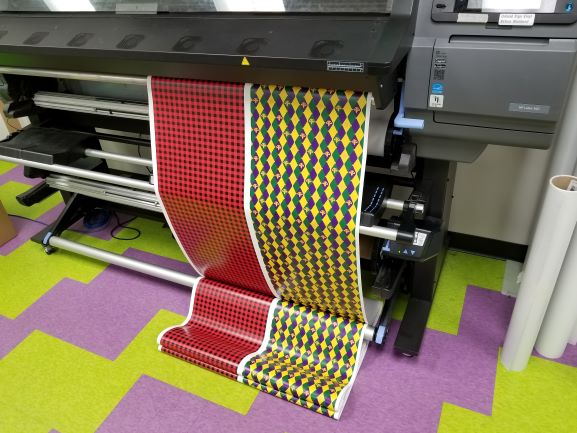
What is Heat Transfer Paper?
Heat transfer paper can be printed on by using an inexpensive desktop inkjet or laser printer. Common brands include Oki, Samsung, Canon, Brother, and Epson. Heat transfer paper uses the same printer and ink that you use at home for printing on printer paper - no special inks are needed!
The use of Heat Transfer Paper is a great and inexpensive way to print your own heat transfers and to achieve multi-colored designs without having to layer vinyl, which means only one press. Plus, you can get effects that are not achievable with using regular heat transfer vinyl such as faded and distressed looks.
Heat transfer paper will adhere to the same everyday garments as heat transfer vinyl, including cotton, polyester, and blends. The durability, however, is where the inexpensiveness of this product reflects. Heat transfer paper will last for about 25-30 cycles of washing if proper care instructions are followed. Upon approaching the 25-30 wash-point is where fading and cracking begin. That being said, it’s quite uncommon for heat transfer paper to last the lifetime of the garment. Even though the durability may not be as good as vinyl, heat transfer paper still remains a very popular option to make garments for various purposes such as birthdays, recognition, family reunions/gatherings, and memorials.
Our selection of Heat Transfer Paper here at Heat Transfer Warehouse includes one of the most well-known brands in the industry, Neenah Transfer Paper as well as our in-house brand WALAPaper. There are different heat transfer papers for inkjet and laser printers; however, they produce very similar results. Additionally, there are different heat transfer papers specifically designed for light and dark garments. We encourage you to always do your research and ensure that the product will work for your intended use before purchasing.
-
Inkjet Printer Heat Transfer Paper: All of our Heat Transfer Paper for your desktop inkjet printers!
-
Laser Printer Transfer Paper: All of our Heat Transfer Paper for your laser printers!
-
Heat Transfer Paper for Dark Garments: This selection of Transfer Paper includes products created specifically for Dark Garment decoration.
-
Heat Transfer Paper for Light Garments: This selection of Transfer Paper includes products created specifically for Light Garment decoration.
Inkjet Dark
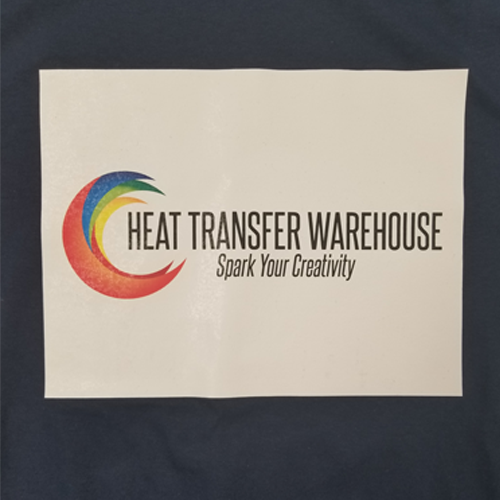
Inkjet Light
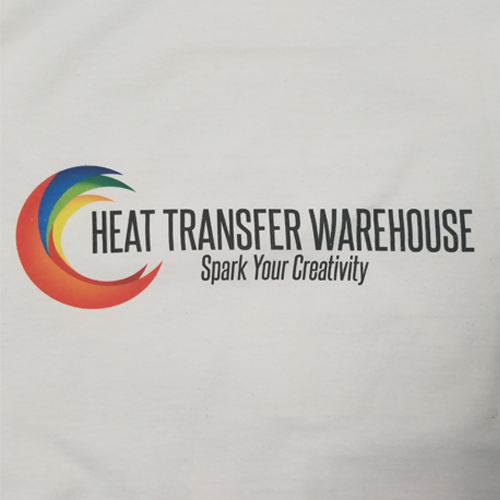
Laser Dark
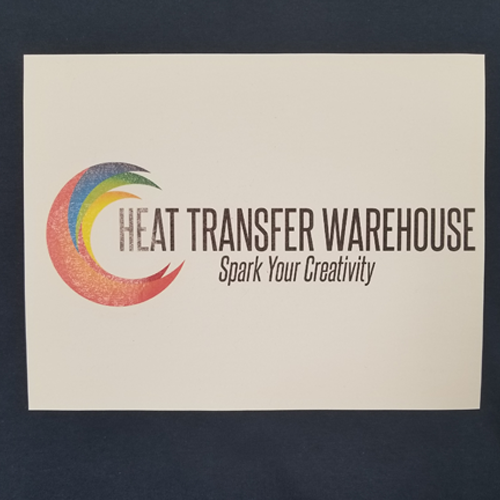
Laser Light
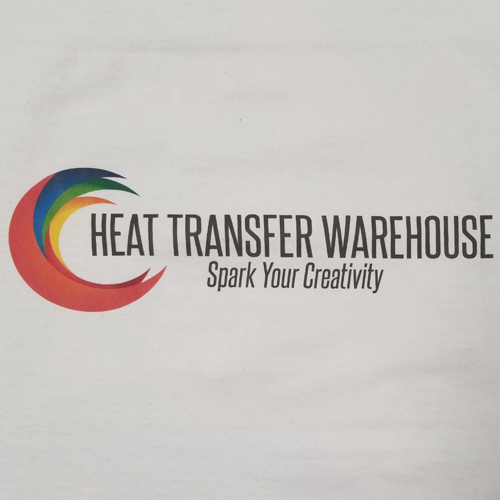
What is Printable Heat Transfer Vinyl (HTV)?
Printable heat transfer vinyl is another great way to print your own heat transfers and to achieve multi-colored designs without having to layer vinyl. However, the initial investment that is needed to get started with this is significantly higher than using heat transfer paper.
As stated above, printable HTV requires a wide-format printer. An inkjet or laser printer will not work! These printers start at around $5,000 but are normally much more expensive. Common brands that are well-known in the industry include Mimaki, Roland, and Mutoh. Epson and HP do manufacture "wide-format" printers as well. Printable HTV is often printed on using a full CMYK color process on wide-format printers that use special inks such as Solvent or Eco-Solvent ink, but the use of Latex ink is becoming more popular in the industry. Latex ink is especially beneficial because there is little to no dry time needed when printing, therefore increasing the volume of printing that can be done. Wide-format printers are available in multiple widths, ranging from 20 inches to 60 inches, which is why Printable HTV comes in rolls of actual vinyl varying between 15 inches and 60 inches in width and not in “sheet” sizes.
Printable HTV is a great way to add variety if you are running a heat transfer business and are looking to expand that business. In comparison to non-printable HTV, you are able to print small detail and large color ranges. Printable HTV is great for printing custom patterns or even full-color logos. It’s of greater quality than Heat Transfer Paper and is much more durable as it will normally out-live the lifespan of the garment if applied correctly. Unlike Heat Transfer Paper, fading and cracking of Printable HTV is a very rare occurrence.
Compared to heat transfer paper, printable heat transfer vinyl also offers more specified types for certain intended uses. For example, if a high percentage of polyester is in the garment of choice, you would want to look at a printable HTV that can be applied at a low temperature and quick time, such as 4036 from Specialty Materials. The reason behind this is that polyester materials can burn very easily, creating unwanted press marks on your garments if you are not careful. Other factors that may differ among printable HTV include finish, thickness, stretchability, opacity and printer type compatibility. There are many factors to consider when choosing a printable HTV, so always research to find what will work best for your printer, garment of choice, and potential customer.
Siser ColorPrint Easy
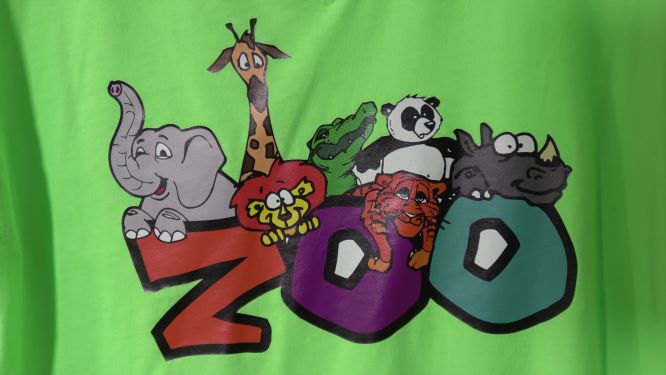
Ultimate Print Turbo UPT - 4036
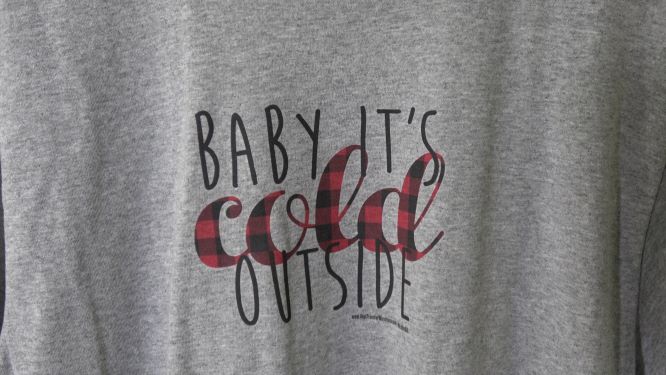
Even though printable HTV is actual vinyl, it will require an extra application step compared to your normal heat transfer vinyl. Because the top of the vinyl is being printed on, printable HTV does not come with a carrier sheet to protect the vinyl when heat pressing. You must apply a heat transfer mask, which serves as a carrier sheet, over the Printable HTV to prepare it for heat pressing. There are low and high tack transfer masks, and most Printable HTV has a recommended transfer mask that is best compatible. Make sure you are getting a transfer mask that best fits your printable HTV of choice.
Heat Transfer Warehouse offers a large selection of printable heat transfer vinyl from Siser, Specialty Materials, and Chemica. With so many to choose from, we understand it can be difficult to make a selection.
Heat transfer paper is very cost effective for doing many garments. Prices range from about $1-2 per sheet depending on what size you are using. Given its inexpensive entry-point to printing your own transfers and its fair durability, the use of heat transfer paper is a great option for those looking to dip their toe into print and cut heat transfers. Getting started with printable HTV requires a much higher initial investment; however, if you have already dabbled with heat transfer paper and have a heat transfer business with a growing customer base, the implementation of printing on printable HTV yourself can be a very beneficial addition. Not only does printable HTV look and feel better on a garment, but it also has superior durability and lifespan in comparison to heat transfer paper. Overall, printable heat transfer vinyl will give you more options and flexibility to meet the demands of your customers.
If you are wanting to use printable HTV and do not have the proper printer, Heat Transfer Warehouse does offer the option to print custom transfers for you if you provide your own artwork. Click Here to learn more information on our Full-Color Digital Custom Transfers.
For more information, visit our YouTube channel and check out these videos below.

